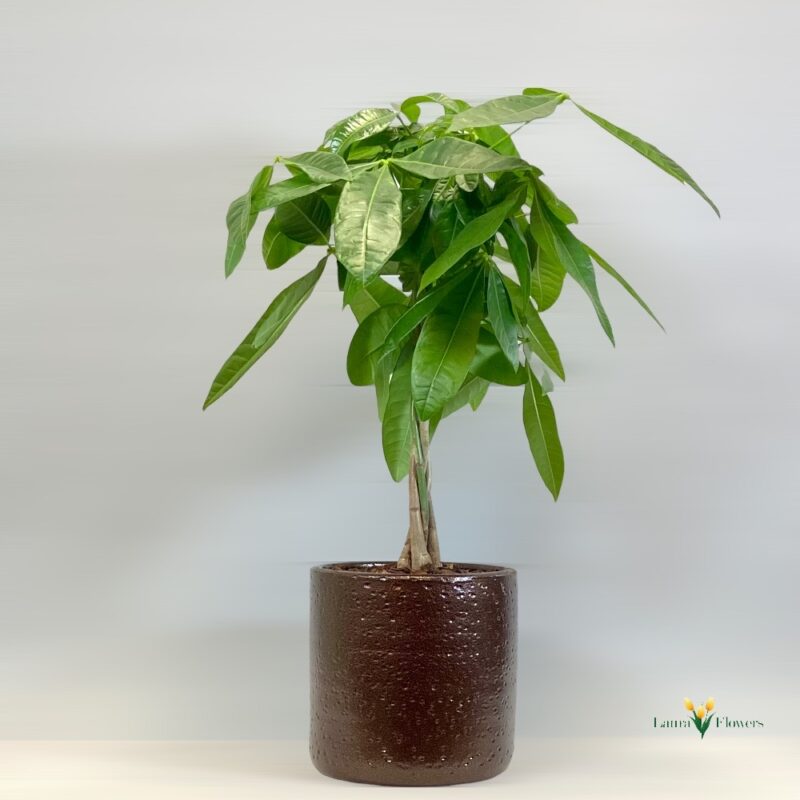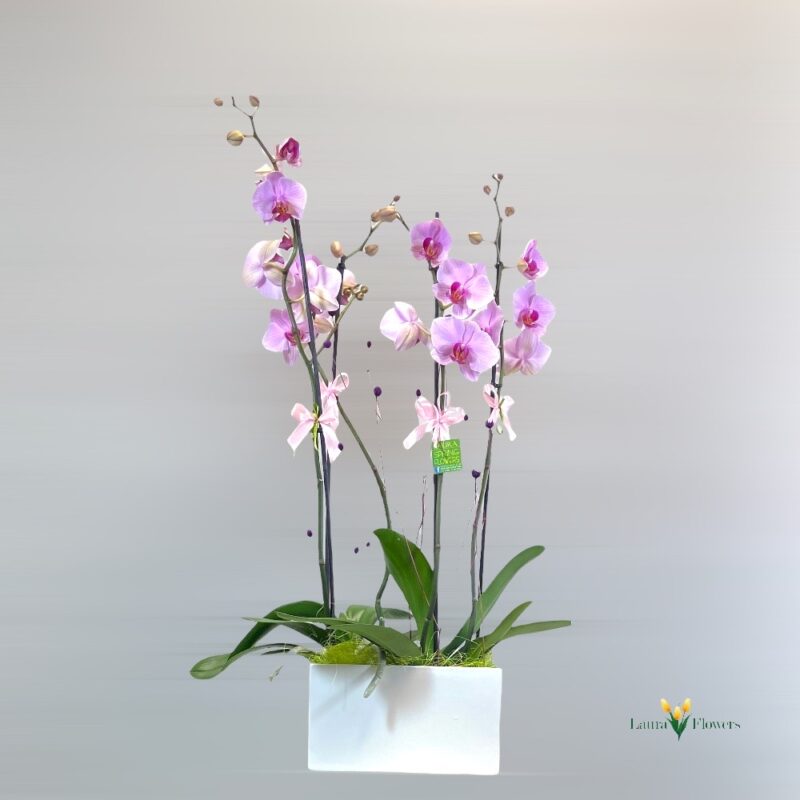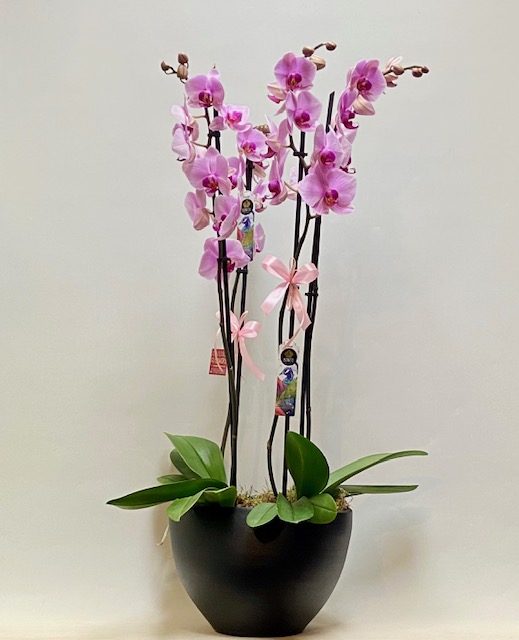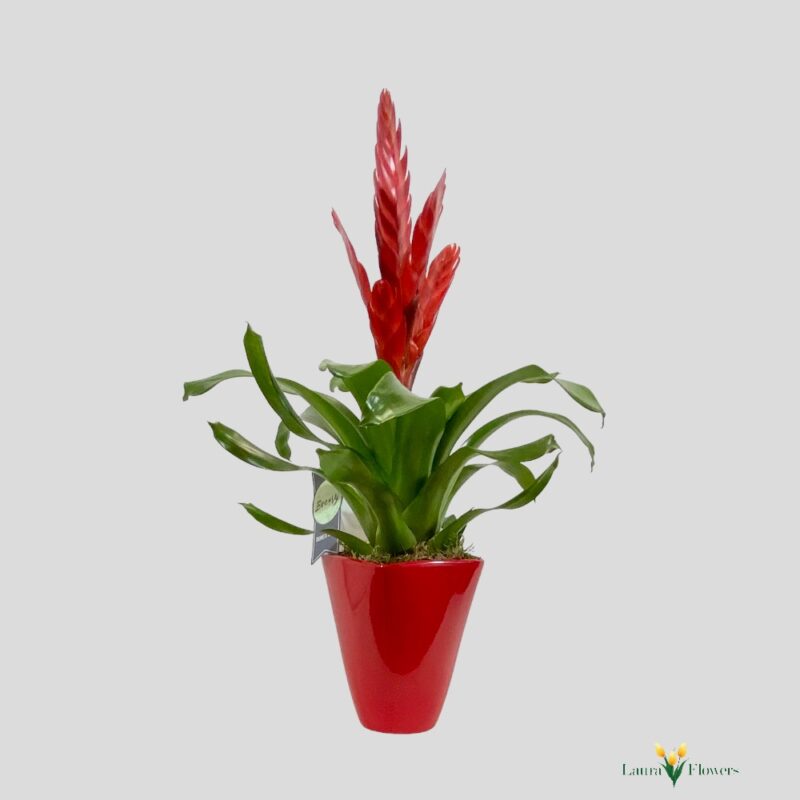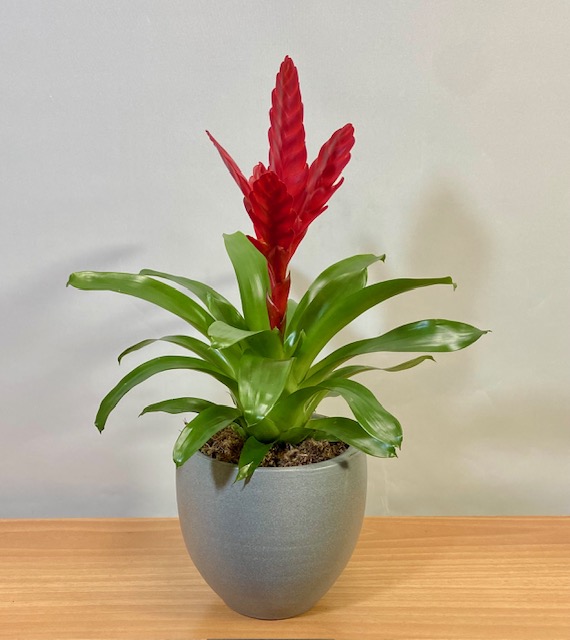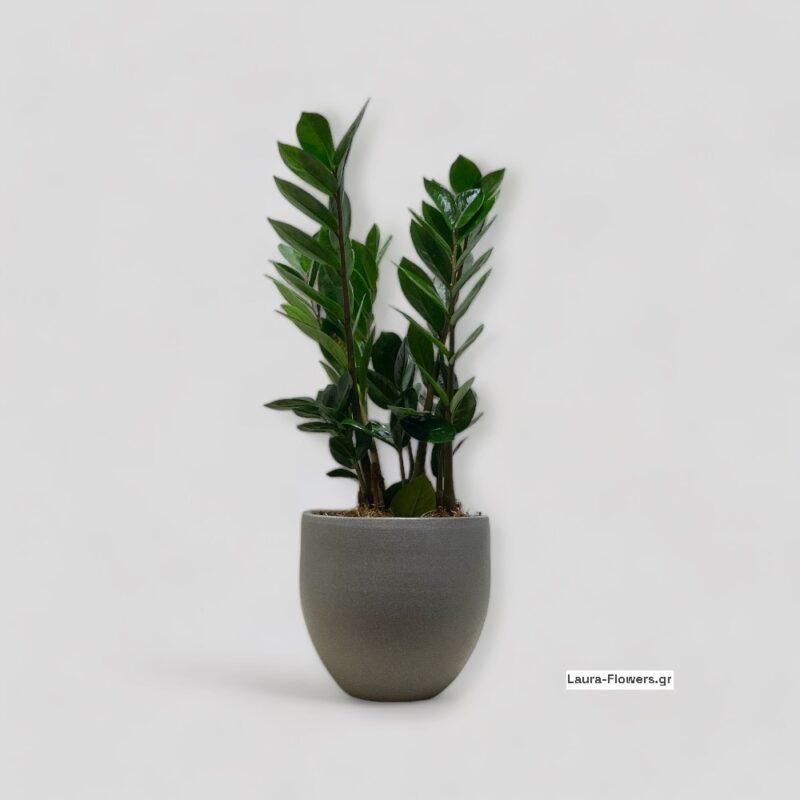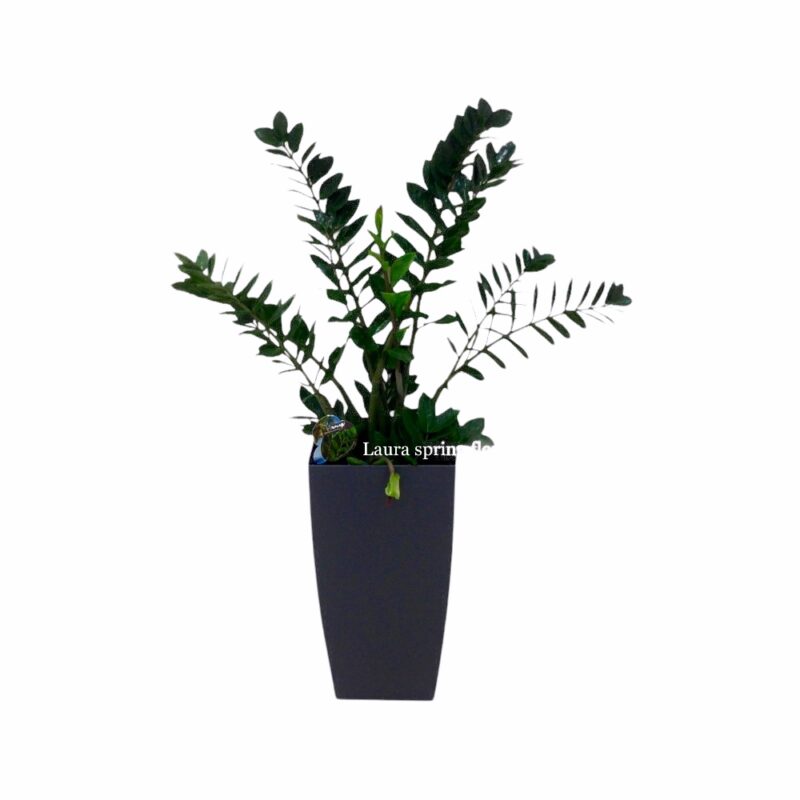Indoor Plants
In recent years, the strengthening of interior decoration with indoor plants is a trend that is constantly increasing and expanding from business premises and restaurants to home decoration. Laura Flowers can help you choose the right indoor plants for you spaces.
It is now known that indoor plants improve the quality of our lives in our daily lives in various ways!
First of all, they strengthen our psychology with positive emotions such as calm and optimism. In addition, indoor plants functionally upgrade our daily spaces since, for example, they can reduce unpleasant odors and the dust that floats (as they bind it to their foliage).
In addition, they improve the dry atmosphere of the interior, which is usually created by air conditioning and heating. Indoor plants with their evaporation release water vapor and increase the relative humidity of the room.
How do we choose the indoor plants that are suitable for each space?
The plants that grow in Greece as indoor plants have their origin from countries with warmer climates, in which they are cultivated as outdoor plants. Most of them in the conditions of our country do not bloom and remain in the phase of vegetative growth. Thus the decorative properties of indoor plants or otherwise their ornamental value depends mainly on the overall shape of the plant, the size, shape, color and texture of the leaves.
Shape of the indoor plant
Along with characteristics such as the size of the indoor plant and the density of the vegetation, the shape is the first impression. What one will notice at first glance.
Thus an indoor plant can have trees such as yucca and dracaena. Upright growth like the sansevieria. Shrubby growth such as facia, seflera, fig. Growth like a rosette like the peak and the gusmania. Have a weeping shape like a fern. Be creamy like hogia and ivy and creeping fig or climbing like ivy.
Shape of the leaves
One of the most important characteristics in terms of the ornamental value of indoor plants is the shape of the leaves. It is what gives the “character” to the appearance of the plant and ultimately determines the choice. The variety in leaf shapes is really huge. Oval, lanceolate, palmate, heart-shaped, wavy…
Of the indoor plants that stand out for the special shape of their leaves, it is worth mentioning: The monstera with its large oval leaves that, when ripe, acquire their characteristic holes. Fatsia with large and intensely palmate leaves. Also the fern whose leaves have a pteroid shape. The Dizygothiki with its serrated, serrated leaflets and of course the embroidered one with its narrow pointed leaflets.
Leaf size of indoor plants
Many times in indoor plants the size of the leaves is not proportional to the growth of the plant. For example, the basket and the broad-leaved deciduous tree, whose imposing appearance is mainly due to their large and impressive leaves. On the other hand, kohlrabi, ivy, figs, reptiles and Ceropegia woodii with their delicate leaves acquire an elegant appearance.
Leaf color
In indoor plants, the color of the leaves is crucial as it affects the aesthetics of the space where the plant will be placed. There are many indoor plants whose leaves have more than one color or different shades of the same color.
The aglanonema, the difefembakia, the kalathea, alternate in their leaves different shades of green. Gusmania and tick are typical indoor plants with colored leaves. Many shades of green, red, yellow and even purple are colors that are very often found in the leaves of indoor plants.
The color is of particular importance even for the way the plants will be placed in a space. Choosing for example plants with leaves in close shades enhances harmony and minimal mood. Combining plants with intense and different colors creates interesting contrasts in the space.
Leaf texture
It is perhaps the last but very important touch to complete the aesthetic value of an indoor plant. There are plants with fleshy leaves, glossy, textured, smooth, leathery, thin…
The shield is probably one of the well-known indoor plants whose ornamental value is due to its leathery leaves. Of course, its leaves are also used in flower compositions in many ways! Asplenium is another indoor plant whose leaves have an interesting smooth and glossy texture. Finally, Maranda has leaves with a textured touch thanks to the red ribs that run through the entire green surface of the leaf.
Of course, there are also a few indoor plants, such as anthurium and kalanchoe, whose flowering is of great importance for their ornamental value.





